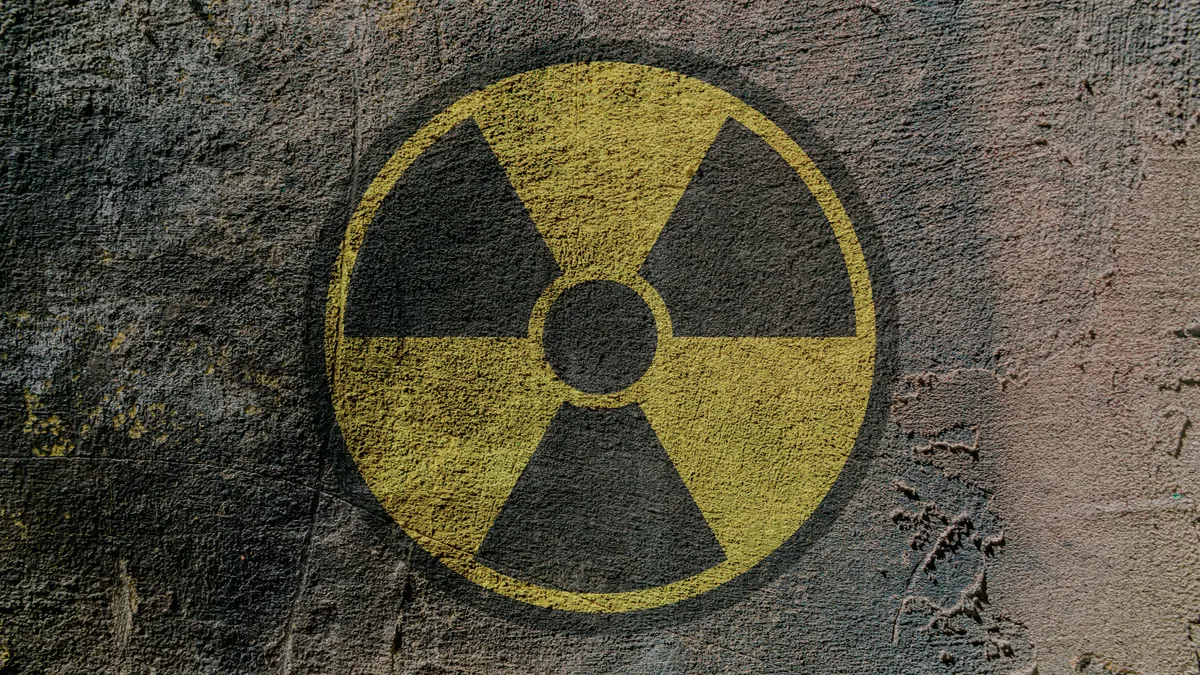Dive Brief:
- Small modular nuclear reactors can be developed with a levelized cost of electricity of about $60/MWh, Jon Ball, executive vice president of market development at GE Hitachi Nuclear Energy, said Friday on a panel hosted by the U.S. Energy Association. The company is developing the 300-MW BWRX-300 small modular reactor.
- A recent poll by the Nuclear Energy Institute predicted that at $60/MWh, there could be about 90 GW of SMR capacity on the U.S. grid by 2050.
- NuScale has developed the first SMR design to receive approval from the Nuclear Regulatory Commission and has projected a $58/MWh LCOE for a project with Utah Associated Municipal Power Systems, though some critics doubt the company can achieve that.
Dive Insight:
Cost is a key component in the development of new nuclear resources, and critics points to recent overruns at traditional reactor projects in South Carolina and Georgia as cautionary tales amid falling renewables prices.
Santee Cooper and SCANA Corp. eventually abandoned their South Carolina project when cost estimates topped $25 billion. In Georgia, with Southern Co. subsidiary Georgia Power as the primary owner, Vogtle units 3 and 4 are years behind schedule and billions of dollars over their initial budget.
Meanwhile, the costs of renewables and storage are falling. Utility-scale solar-plus-storage costs are about $45/MWh; wind power costs are $30/MWh; and stand-alone utility-scale solar costs are at $32/MWh, according to the Institute for Energy Economics and Financial Analysis. And that group has doubts that SMRs can be developed as cheaply as their backers claim.
SMRs are a new technology, and “if you look at the cost of the first one that rolls off, it's going to be fairly high,” U.S. Nuclear Industry Council President and CEO Bud Albright said at the USEA event Friday. But, he added, “we're counting on volume, and volume is predicted. And so that should bring costs down.”
GE Hitachi’s Ball called the $60/MWh cost “achievable.”
“We believe that the future of nuclear is in small modular reactors,” he said. “The industry's focus for decades has been on large reactors, but you've seen what has occurred in terms of these projects going over budget, way past schedule. ... The reason we pivoted was to create a design that could be cost-competitive with all forms of generation.”
SMRs will have a longevity advantage over renewables, Albright added. “A small modular reactor should last a minimum of 60 years. Probably more, up to 100, frankly, if maintained properly. Wind and solar, after about 20 years you have to replace everything.”
Even at a higher price, there is a market for SMRs, said NEI Vice President and Chief Nuclear Officer Doug True.
The group surveyed members about a $60/MWh resource and found that members would install 90 GW by 2050.
“When we raised our price to $90 per megawatt hour, the number drops a little bit but is still interesting because of the value nuclear brings to the overall system in terms of reliability and versatility,” True said.















